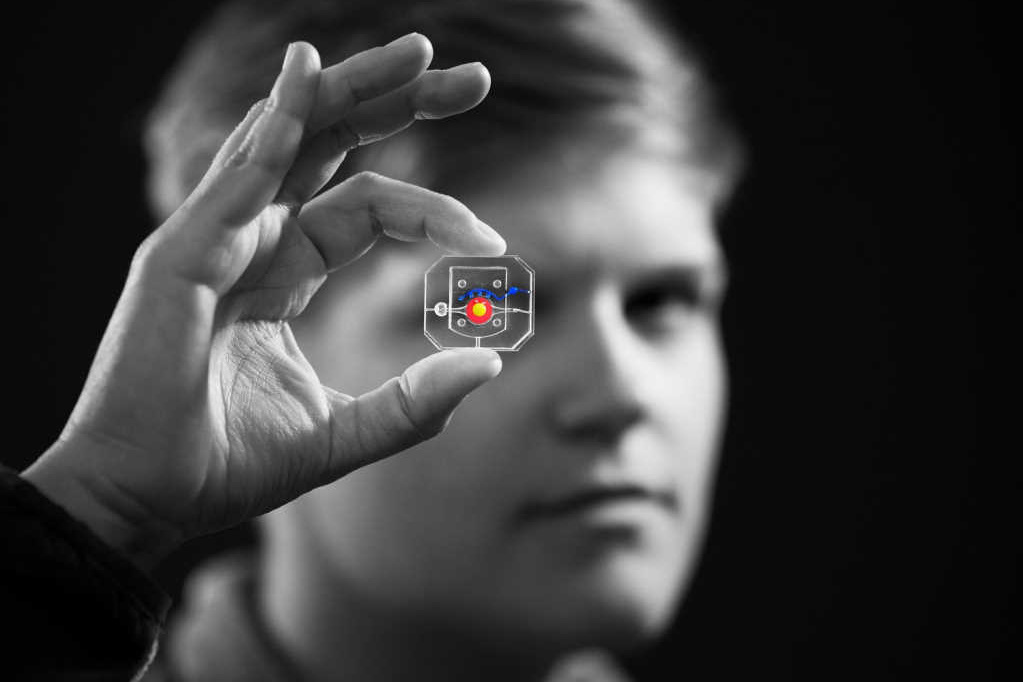Blinking eye-on-a-chip
Researchers from the University of Pennsylvania have created an eye-on-a-chip with a mechanical eyelid simulating blinking to test experimental drugs for dry eye disease (DED).
The research, published in Nature Medicine, shows how the eye-on-a-chip, incorporating human cells into an engineered structure, offers many of the same benefits as using live test subjects, while minimising risks and ethical concerns.
Lead author, Associate Professor Dan Huh, said blinking was a key feature in studying ocular surface disease, which is why it was important to replicate in the model eye.
Successfully replicating the tear film and the core mechanisms of dry eye, allowed the team to develop an in vitro model of evaporative DED for high-content drug screening. In their initial study, they tested a lubricin-based drug currently undergoing clinical trials. By comparing the test results of their model of a healthy eye, with an eye with DED and an eye with DED and lubricin, they showed the drug’s promise as a DED treatment, said A/Prof Huh. “When we tested this drug in our device, we were able to demonstrate its friction-lowering effects. More importantly, using this model, we discovered its previously unknown capacity to suppress inflammation of the ocular surface.”
A/Prof Huh said his team hopes to further develop their eye-on-a-chip, so it can be used for a variety of future applications besides drug screening, including testing contact lenses and novel eye surgeries.
























